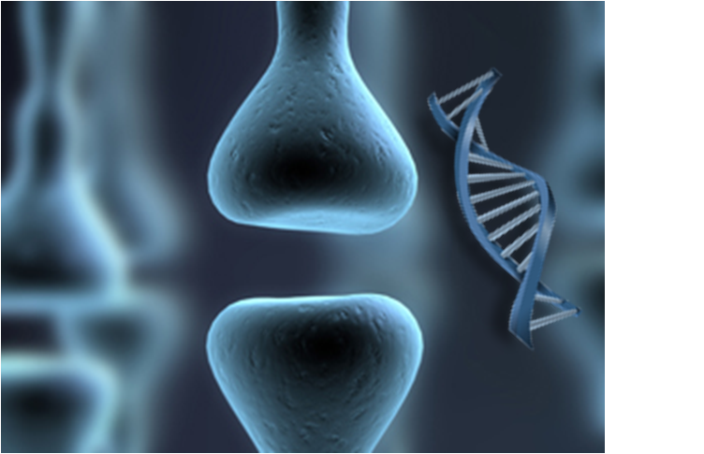Cadoni Cristina
 Research scientist
Research scientist
Cittadella Universitaria di Monserrato
S.S. 554, Km 4,5
09042 Monserrato (CA)
Tel 070-6758688
Fax 070-6754320
This email address is being protected from spambots. You need JavaScript enabled to view it.
Role of genetic factors in drug addiction
Research summary
Substantial genetic contribution to addiction vulnerability (40-70%) is supported by several twin, family and adoption studies as well as by Genome Wide Association Studies (GWAS).
The study of genetic background contribution to drug addiction is complex because addiction is a highly polygenic and multifactorial disorder involving complex interactions between genes and environmental factors. For these reasons use of genetic animal models provides a valuable tool to study genetic vulnerability under controlled conditions.
The focus of this research topic is to elucidate the neurochemical mechanisms underlying genetic vulnerability by means of a genetic animal model (Lewis and Fischer 344 inbred rat strains).
 By using advanced in vivo brain microdialysis techniques and behavioral paradigms of drug dependence (drug self-administration and conditioned place preference) we investigate differences in functionality and adaptive changes in mesolimbic dopaminergic neurotransmission in brain areas playing a crucial role in rewarding and motivational processes. These studies are integrated by means of other behavioral paradigms aimed to detect changes in emotional and cognitive functions.
By using advanced in vivo brain microdialysis techniques and behavioral paradigms of drug dependence (drug self-administration and conditioned place preference) we investigate differences in functionality and adaptive changes in mesolimbic dopaminergic neurotransmission in brain areas playing a crucial role in rewarding and motivational processes. These studies are integrated by means of other behavioral paradigms aimed to detect changes in emotional and cognitive functions.
Research Topics
- Influence of genetic background on the development of alcohol and drug dependence and related neurochemical adaptive changes
- Adolescence as a critical phase of brain development: differences between adults and adolescents in the long term effects of acute and repeated exposure to drugs of abuse
- Stress responsiveness as a factor of vulnerability to addiction
- Role of dopamine in motivated behavior.
Representative publications
Lecca D, Scifo A, Pisanu A, Valentini V, Piras G, Sil A, Cadoni C, Di Chiara G. Adolescent cannabis exposure increases heroin reinforcement in rats genetically vulnerable to addiction. Neuropharmacology. 2020 ;166:107974. doi: 10.1016/j.neuropharm.2020.107974
Cadoni C, De Felice M, Corongiu S, Dessì C, Espa E, Melis M, Fenu S. Role of genetic background in the effects of adolescent nicotine exposure on mesolimbic dopamine transmission. Addict Biol. 2020;25(5):e12803. doi: 10.1111/adb.12803.
Corongiu S, Dessì C, Cadoni C. Adolescence versus adulthood: Differences in basal mesolimbic and nigrostriatal dopamine transmission and response to drugs of abuse. Addict Biol. 2020;25(1):e12721. doi: 10.1111/adb.12721.
Cadoni C, De Luca MA. Editorial: Deconstructing the Influence of Genetic and Age Vulnerability to Psychiatric Disorders. Front Psychiatry. 2019 Jan 25;10:13. doi: 10.3389/fpsyt.2019.00013.
Cadoni C, Pisanu A, Simola N, Frau L, Porceddu PF, Corongiu S, Dessì C, Sil A, Plumitallo A, Wardas J, Di Chiara G. 2017. Widespread reduction of dopamine cell bodies and terminals in adult rats exposed to a low dose regimen of MDMA during adolescence. Neuropharmacology 123:385-394. doi: 10.1016/j.neuropharm.2017.06.008
Cadoni C (2016). Fischer 344 and Lewis Rat Strains as a Model of Genetic Vulnerability to Drug Addiction. Front Neurosci. 10:13. doi: 10.3389/fnins.2016.00013. eCollection 2016.
Lab team
 Nicola Simola
Nicola Simola  Augusta Pisanu
Augusta Pisanu
 Daniele Lecca
Daniele Lecca











